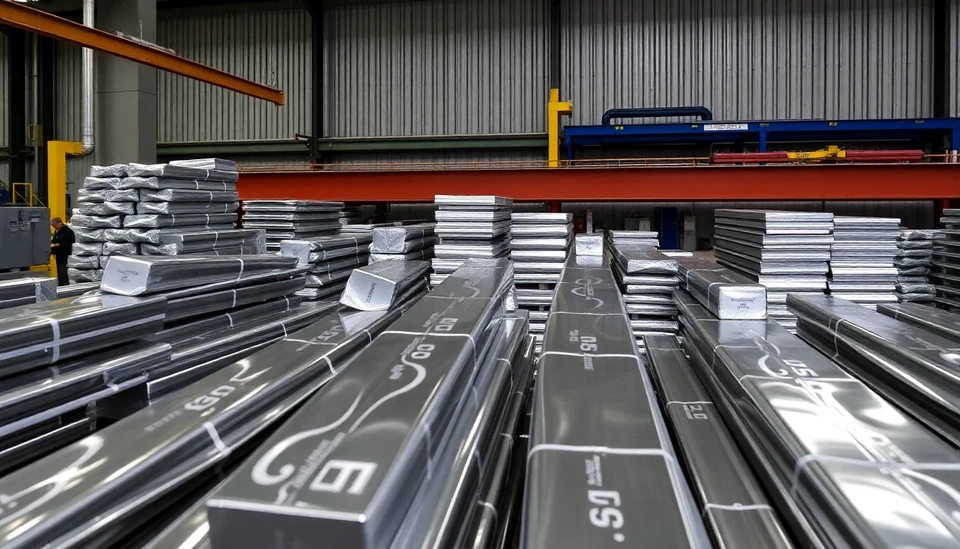
The aluminum market is experiencing a notable downturn as traders reassess the implications of a potentially weakening US economy. Following a period of increased prices and demand, recent developments suggest that the appreciation of aluminum may be running its course, prompting industry watchers to adopt a more cautious stance.
Despite the previous rally driven by robust manufacturing outputs and global demand, key indicators have begun to signal that the economic landscape is shifting. Analysts are closely monitoring metrics such as consumer spending, industrial production, and manufacturing confidence, all of which demonstrate a concerning trend.
Reports have surfaced detailing a slowdown in consumer demand in the United States, which is a pivotal player in driving the global aluminum market. Traders and analysts are particularly focusing on the fallout from this potential economic slowdown that could diminish the robust import and export activities we’ve seen in previous months.
The backdrop of diminishing demand includes factors like rising interest rates, inflation pressures, and geopolitical tensions that have contributed to economic uncertainty. These elements create a challenging environment for aluminum traders as they grapple with maintaining price stability in an increasingly volatile market.
Additionally, reports from various manufacturing sectors point to reduced output in industries that rely heavily on aluminum. If these trends continue, they could exacerbate the supply-chain issues already plaguing the market, leading to further drops in pricing. Analysts are also watching for any shifts in trade policies that could further impact aluminum trade flows.
As traders weigh these developments, speculation about the future of aluminum prices is mounting. Some believe that unless there is a robust rebound in economic indicators, aluminum prices may continue to wane, settling at levels more in line with actual demand rather than speculative trading.
In light of this evolving situation, market spectators are encouraged to remain vigilant and informed as the economic landscape continues to develop. The interplay between supply dynamics, global demand, and local economic indicators will remain crucial in determining the future of aluminum trading.
This period of uncertainty serves as a reminder of the interconnectedness of the global commodities market and the direct impact that local economies can have on pricing and demand trends.
Market participants are advised to keep an eye on upcoming economic reports and trade negotiations that could influence not just aluminum, but the broader commodities market going forward.
In conclusion, the recent fade in the aluminum rally underscores the importance of economic vigilance and adaptive strategies in navigating the complexities of commodity trading.
#aluminum #economy #trading #commodities #supplychain #markets #globaltrade
Author: John Harris




